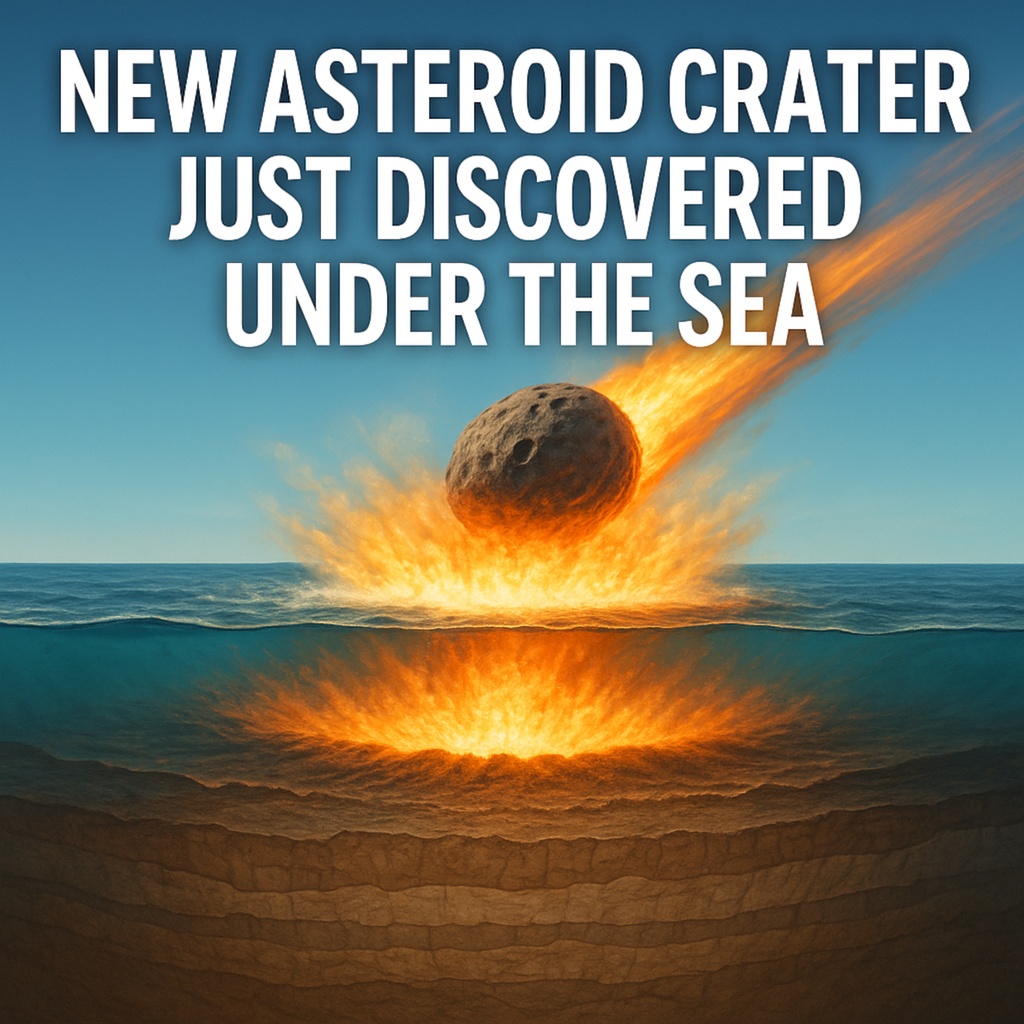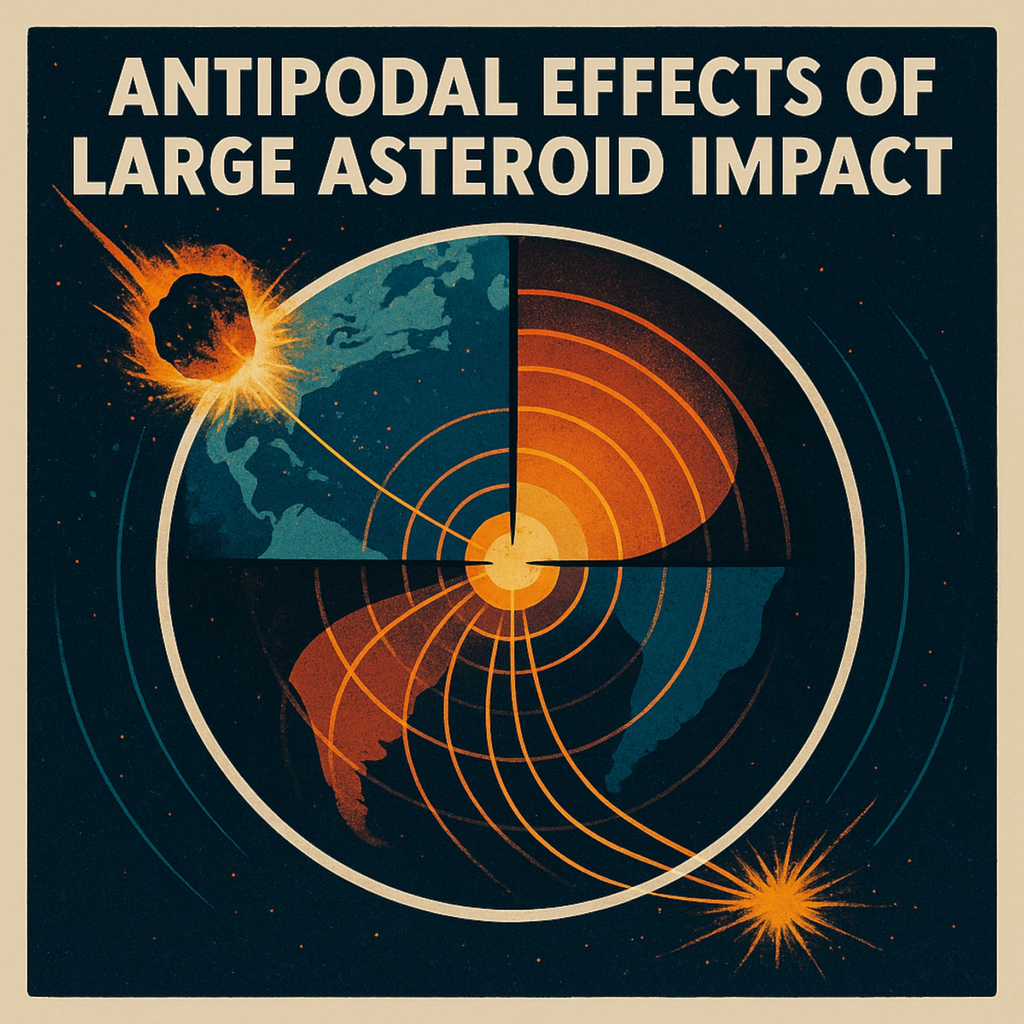New Asteroid Crater Just Discovered Under The Sea: The Silverpit Crater
Beneath the calm waters of the North Sea lies a dramatic secret from Earth’s past. The Silverpit Crater, recently confirmed as an asteroid impact site, was formed more than 43 million years ago when a space rock slammed into the seabed. Long debated as either an impact crater or a collapsed salt dome, new evidence of shock-deformed minerals and advanced seismic imaging has finally revealed its extraterrestrial origin. This discovery not only rewrites part of Europe’s geological history but also highlights the very real influence asteroid impacts have had on shaping our planet.


